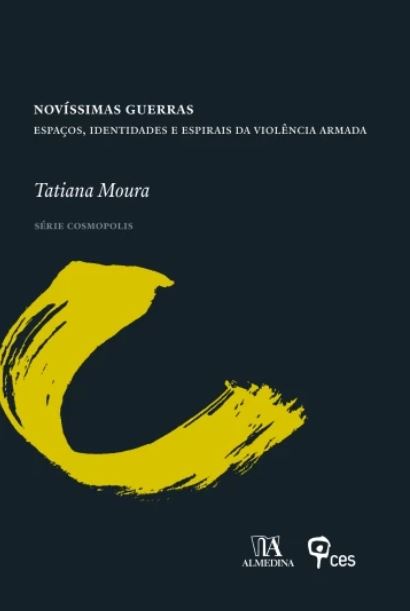Heranças coloniais em tempos de 'Black Lives Matter'
Estudos CES
Novíssimas guerras. Espaços, espirais e identidades da violência armada
Tatiana Moura
Apresentação
Historicamente as periferias foram entendidas e construídas como um espaço marcado por um vazio político, cultural e artístico ou como produtoras de uma cultura menor, desviada, o espaço da ausência, da carência e da violência. De facto, estes olhares estereotipados sobre a realidade têm resultados perversos e fizeram com que se apagassem memórias históricas, culturais e políticas periféricas, tanto em contextos de guerra como de paz formal. As publicações sugeridas resultam de investigações levadas a cabo ao longo de 15 anos, que tentaram contrariar esse imaginário que reduz a periferia a um espaço homogéneo estereotipado, caracterizado por um vazio cultural e pela fatalidade, colocando as seguintes questões: de que forma as lutas políticas, resistências e a arte produzida na e pela periferia produzem subjetividades e alternativas que rearticulam e subvertem os discursos e práticas da masculinidade hegemónica, branca e cisheteronormativa? Como perturbam o regime interseccionado da desigualdade que oprime desproporcionalmente a população negra e periferizada? De que forma desafiam construções estereotipadas sobre masculinidades periferizadas violentas?
_________________
Moura, Tatiana (2010), Novíssimas guerras. Espaços, espirais e identidades da violência armada. Coimbra: Almedina.


